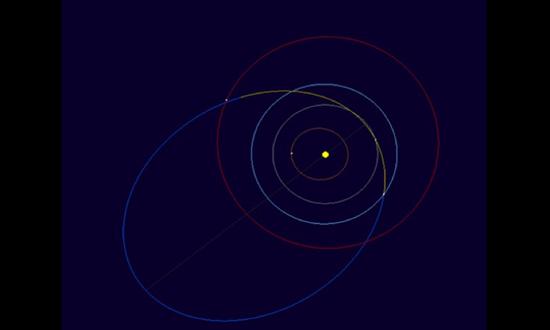
Track simulation diagram of near-Earth asteroid 2023 VB2 (Photo/Website of Xinjiang Astronomical Observatory)
The Xinjiang Astronomical Observatory of the Chinese Academy of Sciences recently discovered a second near-Earth asteroid, which astronomers said is possibly the closest near-Earth asteroid to the Earth discovered by China.
The Nanshan One-meter Wide field Telescope at the Xinjiang Astronomical Observatory has recently discovered a second near-Earth asteroid and received the temporary designation for the near-Earth asteroid, 2023 VB2, from the International Astronomical Union (IAU).
It's the second near-Earth asteroid discovered by the observatory, following the first discovery of a near-Earth asteroid in February this year. It is probably the closest near-Earth asteroid to Earth discovered in China so far.
Asteroid 2023 VB2 is an Apollo near-Earth asteroid. With the asteroid's farthest point from the Sun being outside the asteroid belt, and its closest point near the orbit of Venus, its orbit crosses the orbit of Earth.
The asteroid's closest point to the Earth is 33,000 kilometers away and it arrived at this point around 3 pm on Tuesday afternoon.
Bai Chunhai, deputy director of the optical research office at the Xinjiang Astronomical Observatory, said this is equivalent to "skimming past" the Earth. However, since it would not enter the Earth's atmosphere, it wouldn't generate light and heat due to atmospheric friction, posing no direct threat to the Earth. Nevertheless, it may have an impact on synchronous orbit artificial satellites.
Furthermore, the short-distance skimming over the Earth may lead to changes in the asteroid's orbit, which many researchers across the world are closely observing.
Near-Earth asteroids may come very close to Earth during their orbits and even collide with Earth, posing potentially catastrophic disasters. The discovery and observation of near-Earth asteroids play a role in predicting and defending against potential impacts on Earth and space exploration devices.
The first near-Earth asteroid discovered with the Nanshan One-meter Wide field Telescope in February this year has been confirmed to pose no threat to Earth.


















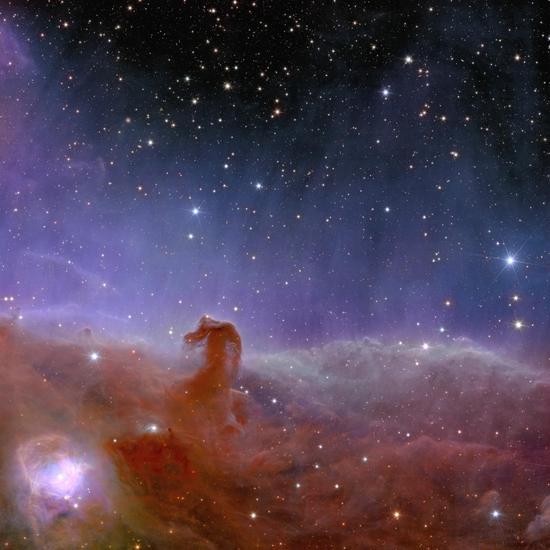




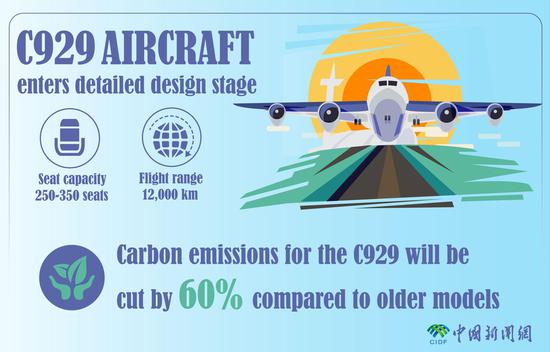
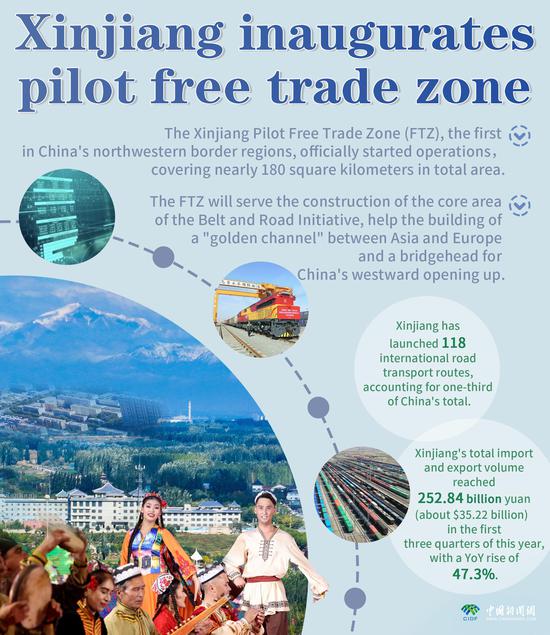












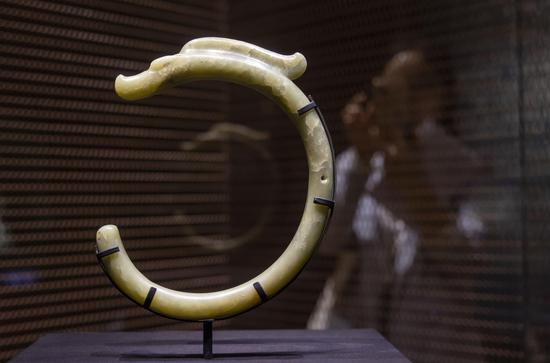

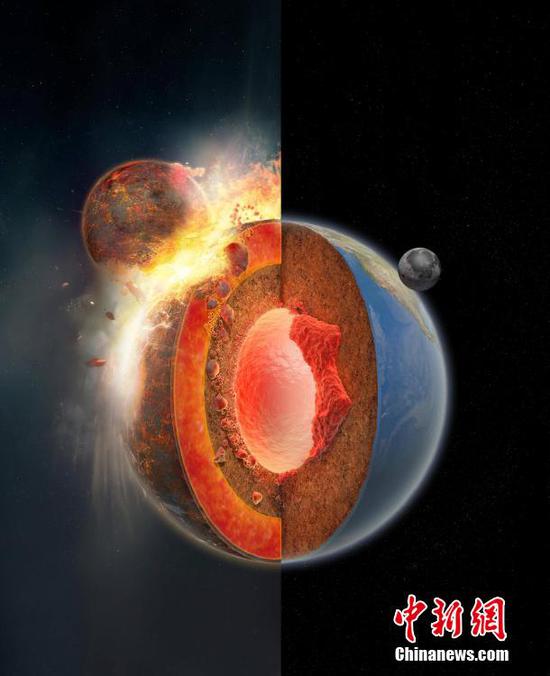










 京公网安备 11010202009201号
京公网安备 11010202009201号